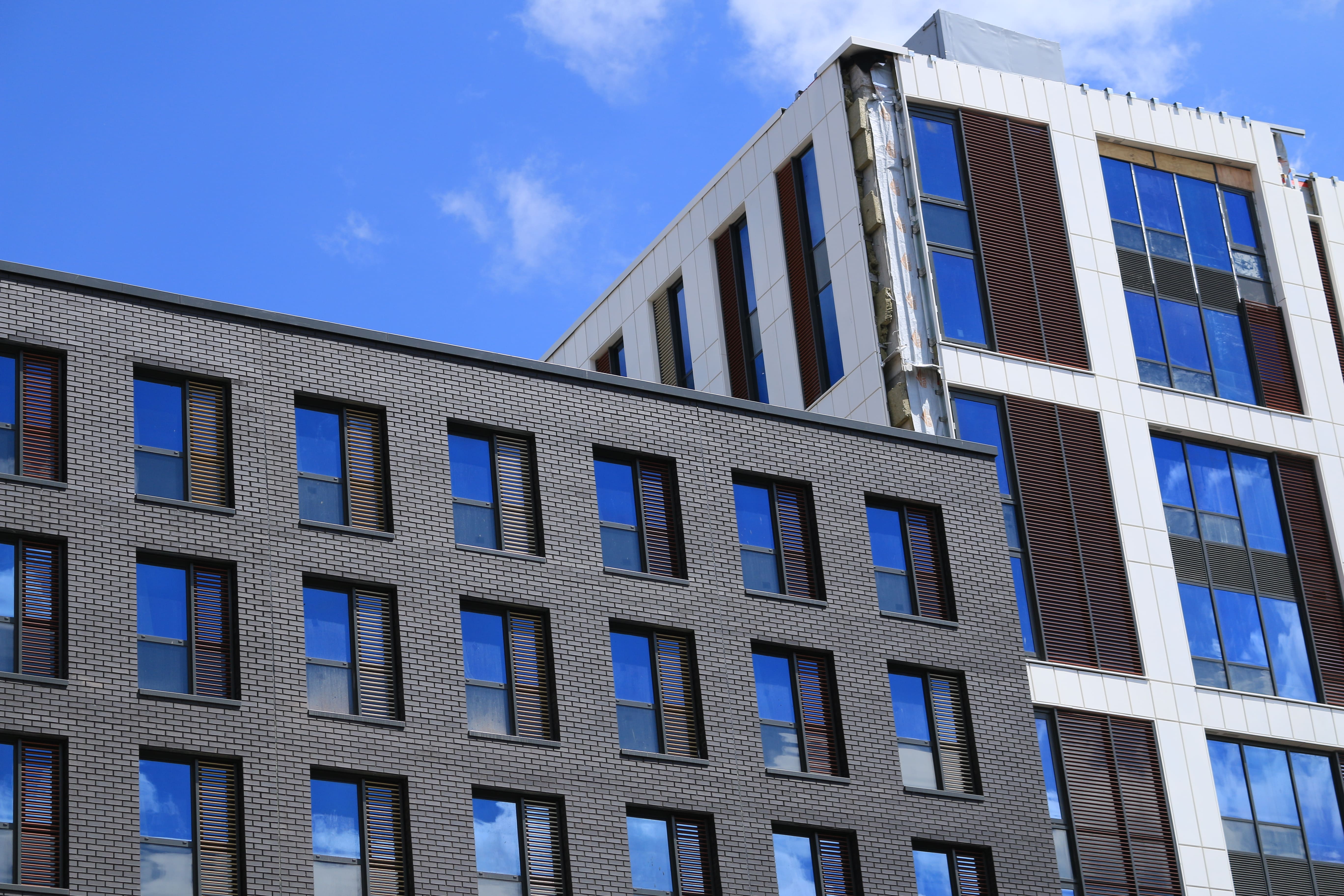
Smart Building Technology and the Internet of Things (IoT) have become the latest buzz words on the market, with many companies forking out thousands to retrofit this technology into their buildings. But what is it? And is it really worth investing in? We caught up with Phil Warren, Managing Director of Energy and Technical Services (ETS) to get his input on this.
Phil is an ISO 15001 Lead Auditor, ESOS Lead Assessor and a Chartered Energy Engineer who up until recently was the Chairman of the Energy Institute’s South West and South Wales branch. As a specialist in Energy Management Systems (EnMS), energy audits, building engineering and energy compliance, he truly knows his stuff when it comes to Smart Building Technology!
What is Smart Building Technology?
Smart Building Technology is a combination of IoT devices including sensors, submetering, building management systems (BMS), and software that communicates together to provide greater control over your building. Its more advance than a traditional BMS which uses command and control mechanisms.
Effectively, smart building technology brings together disparate systems and provides a rich data source on energy use and operational performance which can then be used to provide actionable insight. The beauty of Smart Building Technology is you can automate a lot of these corrective actions remotely, saving time and money by not having to manually make the changes on each individual system or piece of equipment.
In summary, the main objective of Smart Building Technology is to improve occupational comfort and reduce energy waste. Sounds simple enough, but how much truth is behind the claims made by so many IoT and Smart Building Technology suppliers? Answering this question is not as easy as you might think – there is more to Smart Building Technology than just installing the equipment if you want to get a return on investment.
What technology should you go for? And how do you ensure you are getting the best value for money?
The short answer you can’t without speaking to a specialist. Unfortunately, when it comes to energy management and green technology there is no easy way to determine if it is good value for money without weighing up all of the other factors that will impact its performance.
You might have the best Smart Building Technology on the market but if you haven’t configured your automation or controls correctly, it won’t work properly. If you place your sensors in the wrong place (a common cause of tenant complaints), your HVAC system won’t work optimally. If your time schedules are out, your lighting might not turn off once the building is unoccupied. If you don’t factor in internal heat gains from occupants, your building might be too cold or too hot.
The worst practice, which is often seen in many companies, is poor use of energy data. Smart Building Technology provides so much data on operational performance and energy consumption, yet many businesses don’t have anyone available to make sense of that information to deliver corrective actions. It is a complex issue, but it is easy to resolve!
The solution is to involve an energy management and engineering consultant that can provide impartial advice at the design stages of your project. A consultant should be able to provide you with an energy audit first, taking into account all of the individual components that will affect the performance of your Smart Building Technology and provide guidance on how to make savings, not just from an energy waste point of view but also in terms of legal compliance and operational performance.
How do you introduce Smart Building Technology into an old building?
While newly constructed properties can be designed to implement all of these smart technologies from the ground up, older buildings can also be converted to a smart status. However, older buildings or small/medium sized buildings may not be able to justify the expense of installing a modern BMS or Smart Building Technology. Typically, these types of buildings have disparate systems that operate independently to one another. As such, they rely on manual operation, which can produce inconsistent performance in respect to energy management and budgets.
That being said, if you are already considering a refurbishment, why not include Smart Building Technology within your scheme? Not only does smart building technology have the potential to deliver a return on investment through reduced energy waste but it can also improve occupational comfort and ensure your building is compliant.
Your appointed designer, contractor and energy / engineering consultant will need to work collaboratively throughout the project lifecycle to ensure the works are not only delivered to specification but also to deliver the energy savings proposed. We have a strong supply chain of designers, energy managers and engineering consultants that we can appoint to help with this process.
Construction projects and refurbishments provide an opportunity for businesses to not only reduce their energy waste but also their capital expenditure. To do this, energy management and operational efficiency needs to be considered at the design stage of your scheme not after.
Let’s chat
Modifying a building or changing its use is a common cause of energy waste as the operational performance of the building is often overlooked at the design stages. Even just small changes to the location of control sensors, timing schedules, internal heat gains and HVAC systems can have a significant impact on the longevity of your building, energy waste, capital expenditure and building compliance. Ultimately, your refurbishment project needs to deliver value for money long after works are completed.
If you have a refurbishment project in mind, but are not sure were to begin, speak to us today on 0117 967 5923 or email enquiries@harrisevolution.com. We have a network of specialist energy management and engineering consultants that can work with you at the design stages of your project to ensure your building is not only operationally and energy efficient but also complaint.

